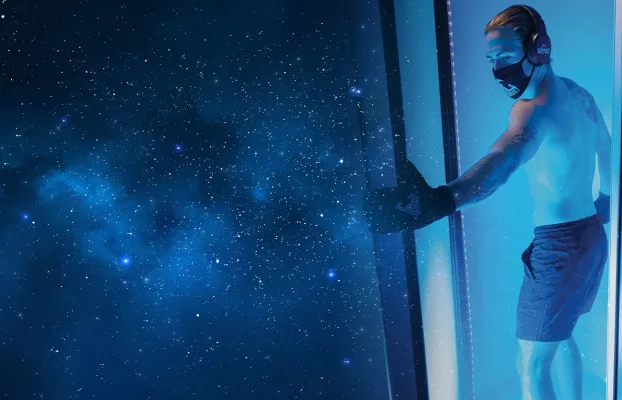What is Ankylosing Spondylitis?
Ankylosing spondylitis (AS) is a rare type of arthritis that causes pain and stiffness in your spine. This lifelong condition, also known as Bechterew disease, usually starts in your lower back. It can spread up to your neck or damage joints in other parts of your body.
What does it mean?
“Ankylosis” means fused bones or other hard tissues. “Spondylitis” means inflammation in your spinal bones or vertebrae. Severe cases can leave your spine hunched.
Is there a cure?
There’s no cure for AS. But medication and exercise can ease pain and help keep your back strong. Furthermore, double-blind studies have proven that whole body cryotherapy also has many benefits for this condition.
Study #1
The aim of this study was to assess the impact of whole body cryotherapy with subsequent kinesitherapy on spinal mobility parameters in patients with ankylosing spondylitis. We enrolled 32 men with ankylosing spondylitis in a clinical trial. The subjects were randomly divided into 2 groups consisting of 16 persons, with no significant differences in age, duration, or stage of disease, treated with a cycle of 10 whole body cryotherapy procedures with subsequent kinesitherapy or kinesitherapy alone, respectively. Routine spinal mobility parameters were determined for all patients before and after the end of the therapeutic cycle.
Significant improvement of spinal mobility was observed in both groups of patients, but in patients exposed to whole body cryotherapy with subsequent kinesitherapy the percentage changes in the values of particular parameters were more distinct as compared to patients in whom kinesitherapy alone was used, mainly in respect to lumbar and thoracic spinal mobility. Conclusion. The use of whole body cryotherapy as a component of comprehensive therapy in patients with ankylosing spondylitis produces significant improvements in spinal mobility parameters as compared to patients in whom kinesitherapy alone is used.
Study #2
The treatment of ankylosing spondylitis (AS) patients requires a combination of non-pharmacological (education, exercise and physical therapy), as well as pharmacological treatment modalities. The optimal management of AS still remains unresolved.
The aim was to measure and compare the effects of whole body cryotherapy (WBC) at -110∘C and at -60∘C and exercise therapy alone on disease activity and the functional parameters of patients with AS. Ninety-two patients were allocated to three groups: with WBC at -110∘C or at -60∘C (each concurrent with exercise therapy), or exercise therapy alone. Disease activity and the functional parameters of the patients were measured at study entry and at the end of the 8-day treatment.
Supervised therapy, irrespective of the program, led to a significant reduction in disease activity, disease-related back pain, fatigue, duration and intensity of morning stiffness and a significant improvement in the patient’s functional capacity, spine mobility and chest expandability, with no changes in the levels of CRP. It has been demonstrated that following therapy, the group that underwent cryotherapy at -110∘C manifested significantly reduced disease activity compared with exercise therapy only.
Adding cryotherapy at -110∘C to exercise therapy led to significantly reduced disease activity expressed in, compared with exercise therapy alone.
In conclusion, these studies highlight the potential effectiveness of whole body cryotherapy as a complement to physiotherapy or exercise in managing ankylosing spondylitis. The integration of WBC at -110°C appears particularly promising, significantly reducing disease activity and improving functionality in patients. These results suggest that combining physical therapies may offer substantial benefits to individuals suffering from this debilitating spinal condition.



